Victoria’s police force are not resourced for the hard lockdown of the public housing towers in Australia’s southern city of Melbourne to continue more than five days, says an association chief.
The order was made by Victorian Premier Daniel Andrews on July 4 after 108 new cases of the CCP virus were registered, the biggest jump since March 28.
Swarms of police were deployed with orders to form a perimeter around each of the nine public housing buildings.
There were reports that police were stationed on every storey of the building, but Victoria Police Association CEO Wayne Gatt said this did not happen.
Police officers on shift this morning told Gatt that they need double the amount people to fulfill all their duties.
“They barely got the resources they need to secure the outside of the premises properly,” he said.
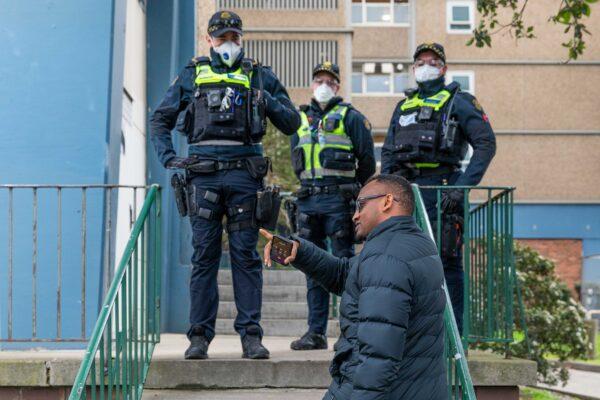
Officers are being called in from other police stations around the state, putting a strain on resources.
“We’ve been it with one emergency after another, we are four months into a pandemic and this one deployment is really stretching us, we need to think smart about this, we need to keep a handle on crime our day to day business,” Gatt said.
“To do everything that’s being asked of them is a huge resources requirement, and if this goes on for more than five days and or extends to other towers or other places in Victoria, we are going to be significantly stretched for resources.”
Australian Defence Force Support
Gatt is eager to receive whatever support the government can spare to assist the police. He said he would accept and welcome skilled support from the Australian Defence Forces (ADF).“We say that if there is support there it should be welcome in with open arms, only the community suffers if we continue to say no,” Gatt said.
He refuted that police chiefs have requested ADF personnel to work alongside Victoria’s enforcement officers.
“That’s not the position which has been put to me, any requests which have been put to me would get the seriousness they deserve,” he said.
Andrews said ADF personnel cannot take on all responsibilities of Victorian police.
“A member of the ADF is not a member of Victoria law enforcement, and do not as a function of Victoria law have the ability to do the work police and PCO’s do,” Andrews said.
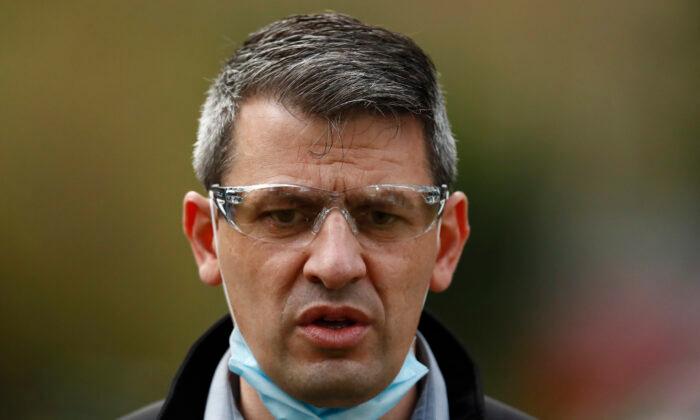

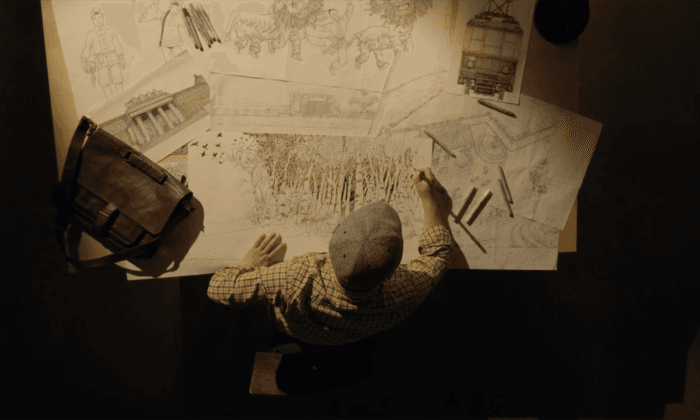
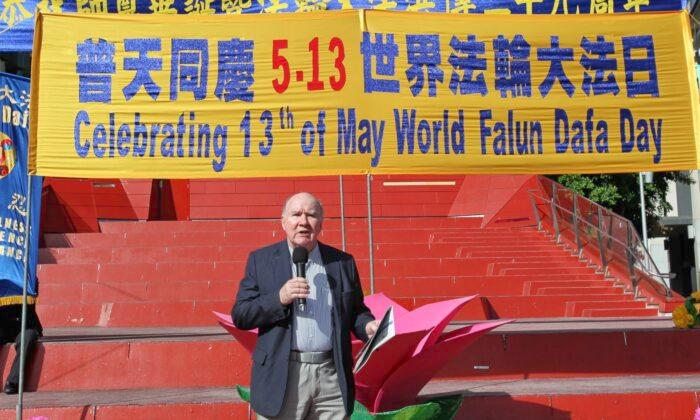
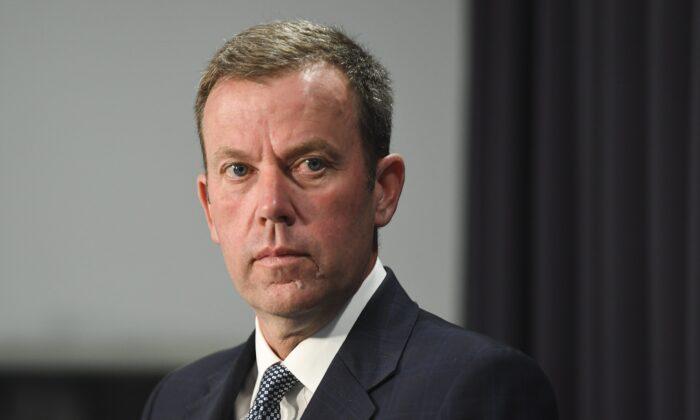
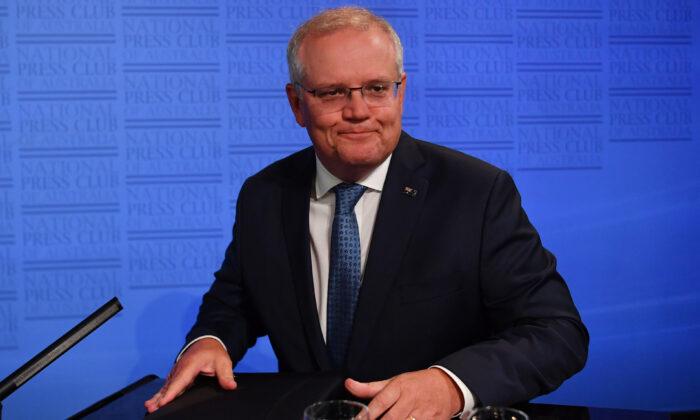
Friends Read Free